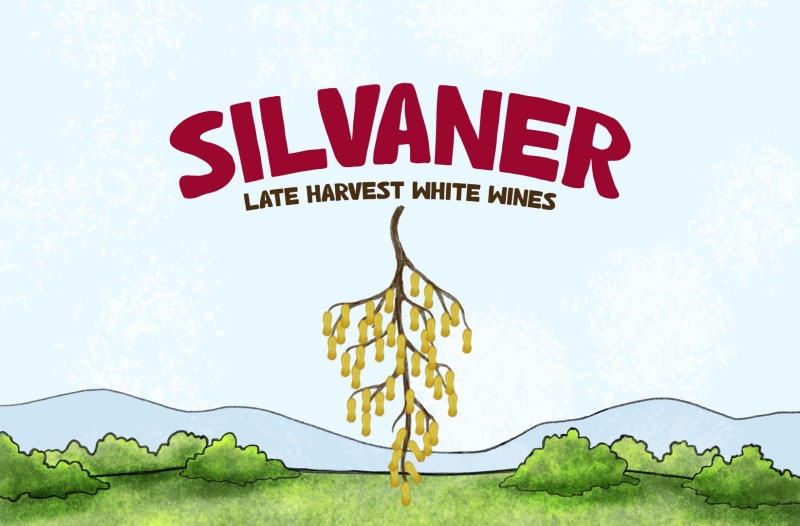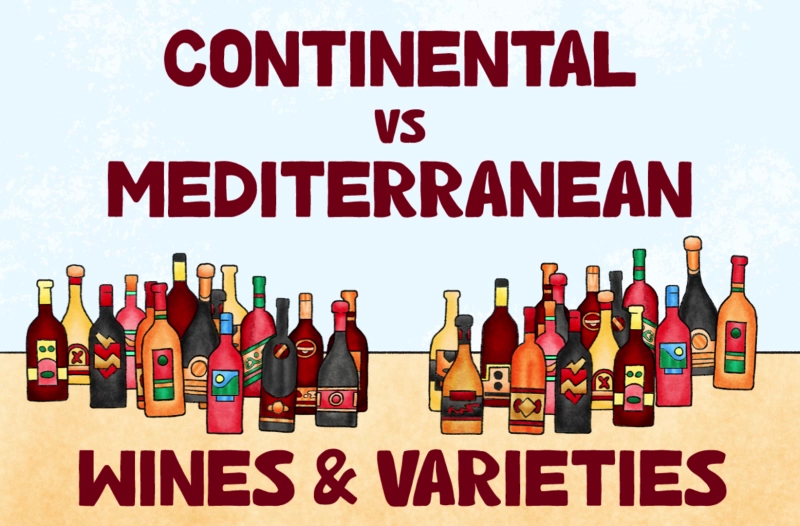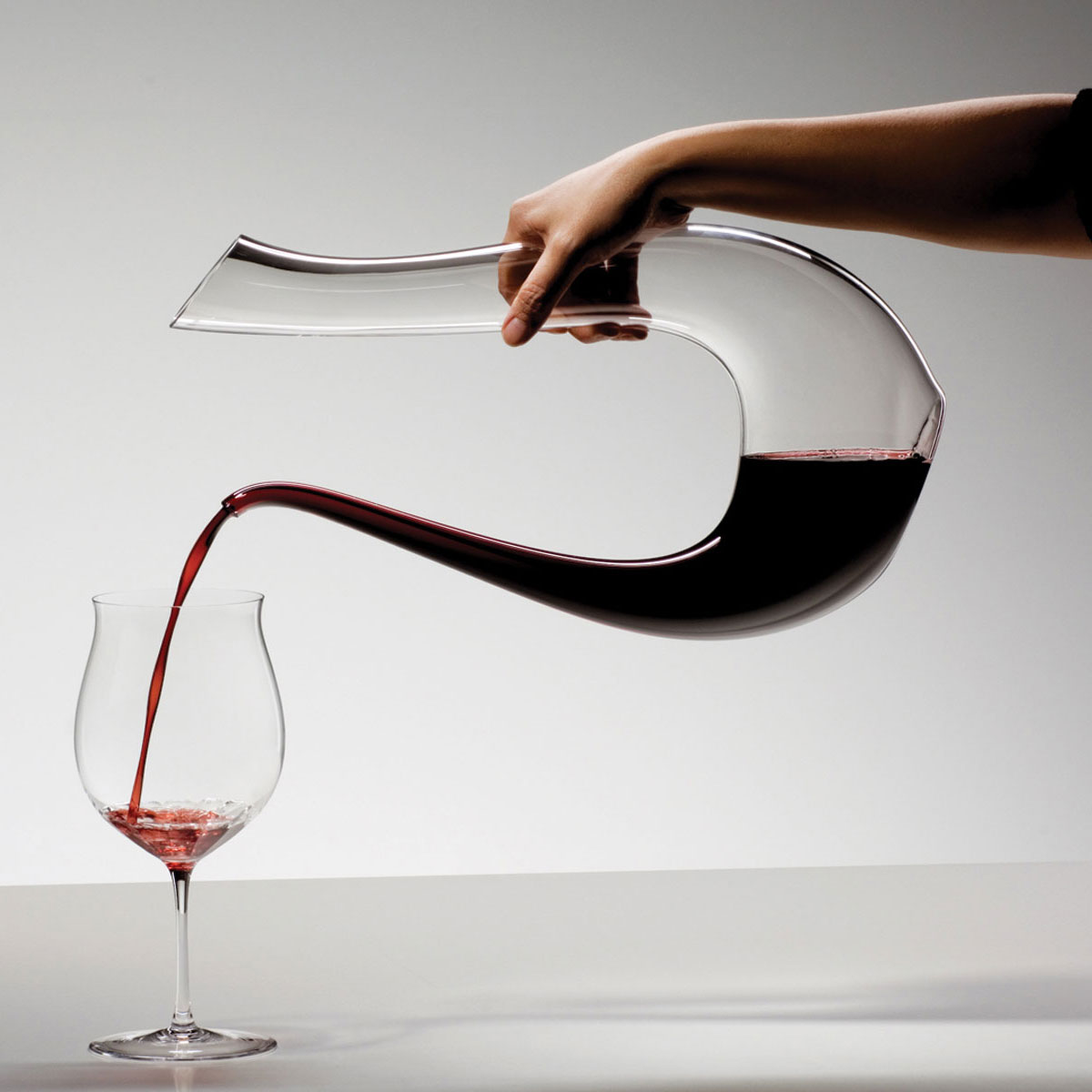2017 Vintage in Croatia – Challenging but full of potential
Late spring frost and summer drought were just some of the weather conditions we’ll remember from 2017 in Croatia and in the rest of major winemaking countries in Europe. No matter the challenges winemakers faced this year, the final outcome shows great potential. We reviewed 2017. vintage and talked to winemakers to see what can we expect from the wines made in this year.
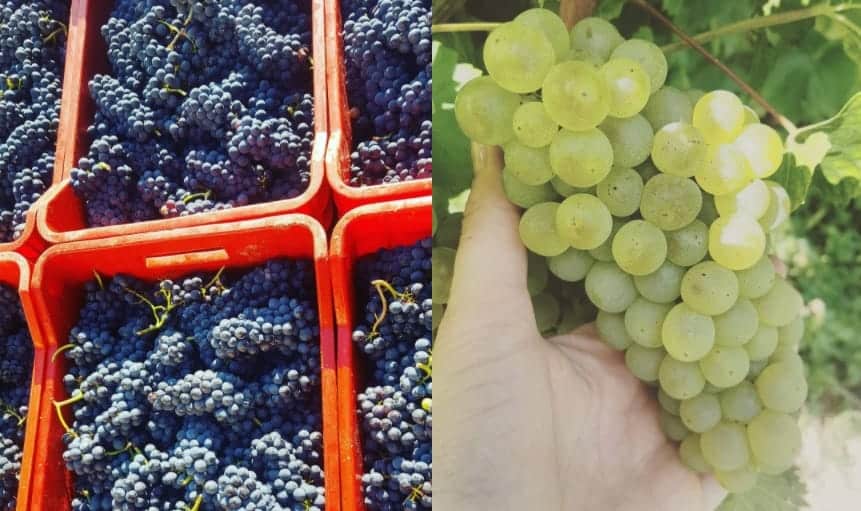
Variations are huge, from region to region, coastal to continental and from vineyard to vineyard. There is nothing common that can be applied to all wines made in this year. Vines are fascinating plants that react to so many variables. But there are general weather conditions that marked this year and affected grapes, somewhere on bigger and somewhere on the smaller scale.
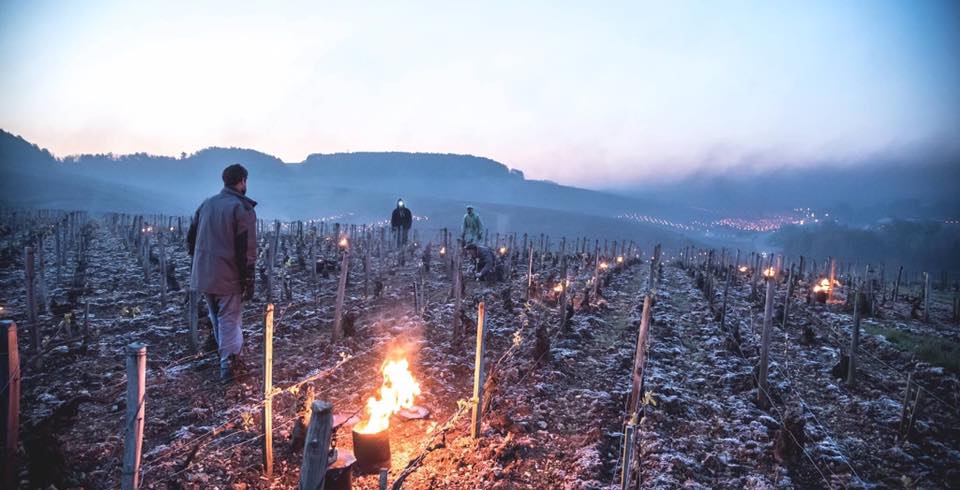
The year of extremes
This year, photos of winemakers spending nights in the vineyards all over Europe, trying to defend vines from the spring frost spread among wine lovers could have been seen. Croatia was no exception. Many winemakers fought against extremely low temperatures in late April. Fire torches in the vineyards at night seemed like the main method of fighting frost.
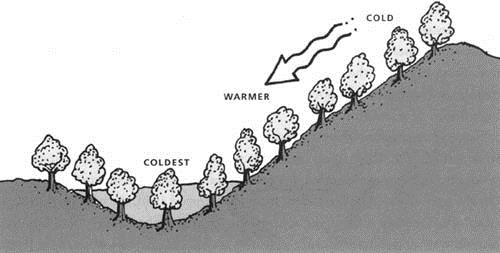
Frost happens when the temperature falls below zero Celsius degrees and the moisture and water freeze. Although frost cannot kill the vine itself, it can severely damage or kill new buds. If that happens, the vine pushes new buds but grapes grown on them may not ripen as well.
Winemaker Jakša Krajančić, from Čara, Korčula told us that on the worst nights in late April this year they measured temperatures below -3 Celsius degrees on the vines. The damage was visible when we arrived. Most of the vines planted in the central part of Čara area had a large number of vines dried by the frost, while others, on the edge of the area, haven’t been affected as much.
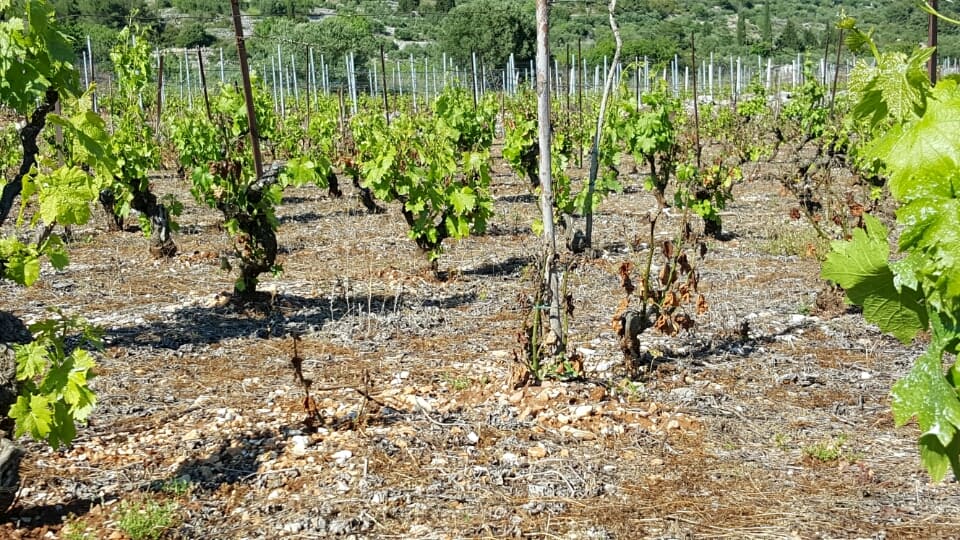
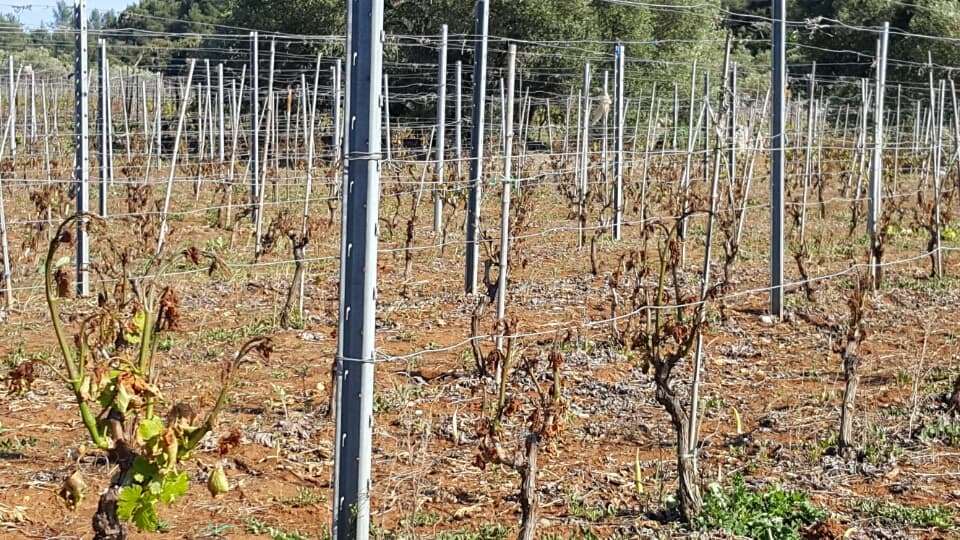
However, other positions on the same island did not have any frost problems. Like the Zure family vineyards that are planted on the southern slopes of Korčula. The higher altitude and steeper position than in Čara ensured better protection from the frost.
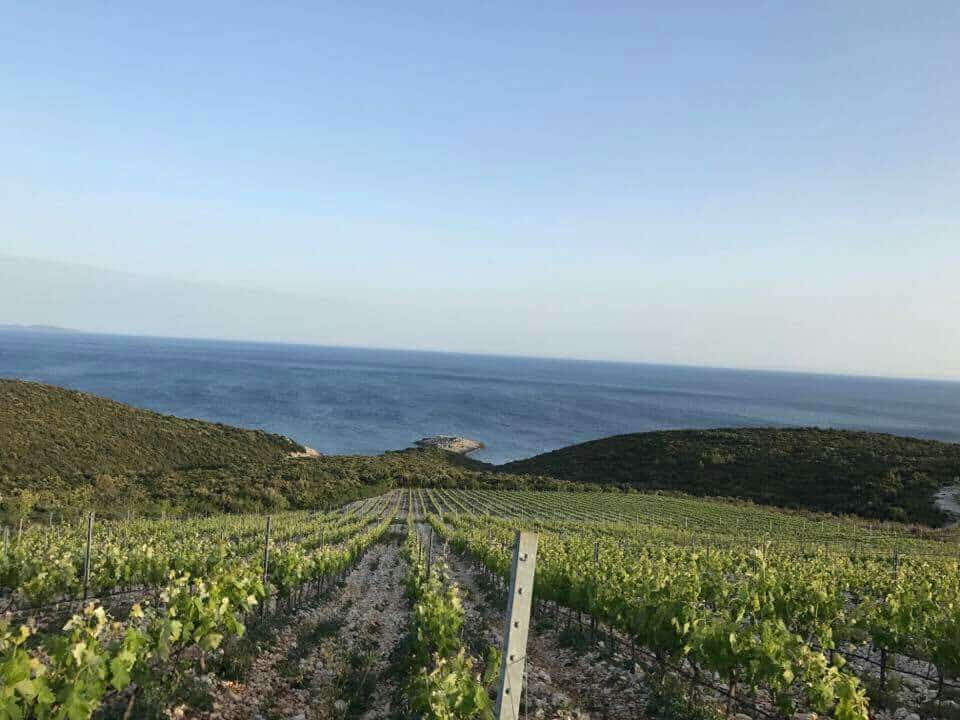
Exhausting year for some winemakers in Croatia
The quantity picked this year, is expected to decrease up to 30% in top winemaking countries in Europe, like France and Italy. Headlines from major wine publications like “France faces the worst wine grape harvest since 1945” or “Italy wine harvest 2017 to be one of the smallest in 60 years” could leave you thinking, that the vintage 2017. could be catastrophic.
But, have in mind that these numbers talk about quantity not the quality of the grapes. Grapevines are really fascinating plants that are impressive when it comes to dealing with extreme temperatures.
Exceptionally warm summer in Croatia was followed by heat waves and new heat records, above 40 Celsius degrees. Ivan Batistić the Zure from the Zure winery on Korčula says “We haven’t suffered any damage from frost or hail but we have experienced drought problems and expect to have a total decline of 35% in yield this year.”
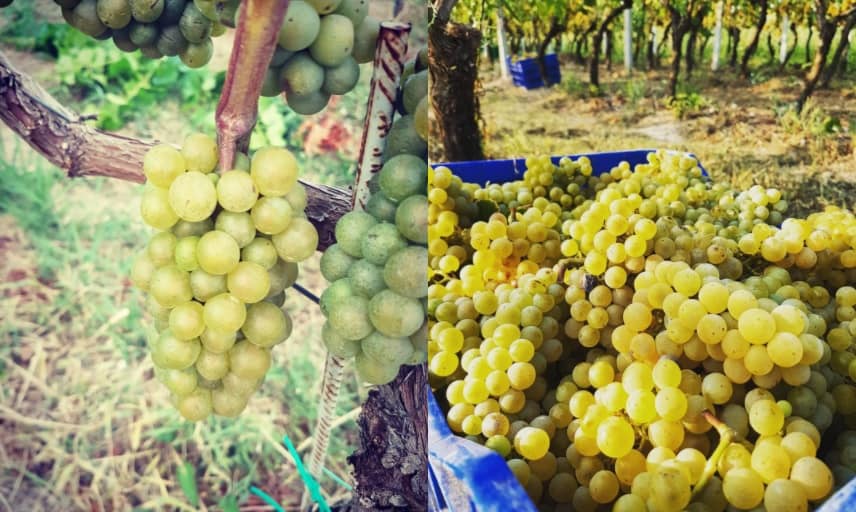
On the other side, vines in Neretva coped well with the drought. “We had a very long and dry summer, but here in the Neretva valley, the vines capillary action sucks up the moisture and nutrients deposits stored deeper in the ground,” reports Monika Prović form the Prović Winery in Neretva. Part of the fascination with Prović Chardonnay lays there, in alluvial soil, rich in minerals and nutrients that vines pull out from the soil.
Monika continues: “We’ll also have a decrease in production, but we expect higher quality wines. In general, we expect the 2017 vintage to be the one to talk about in Croatia. Good for both, white and red wines. Here at the Prović winery, we didn’t see many challenges in the wine cellar and expect even better wines than in excellent 2016.”
Most wineries in Croatia started picking grapes earlier this year
High summer temperatures accelerated the ripening process so most winemakers started picking grapes earlier this year. Depending on the grape variety and the style of wine they want to produce. Wine harvest started approximately 7-15 days earlier in August while other grapes are still on the vines at this moment (reds, late ripening).
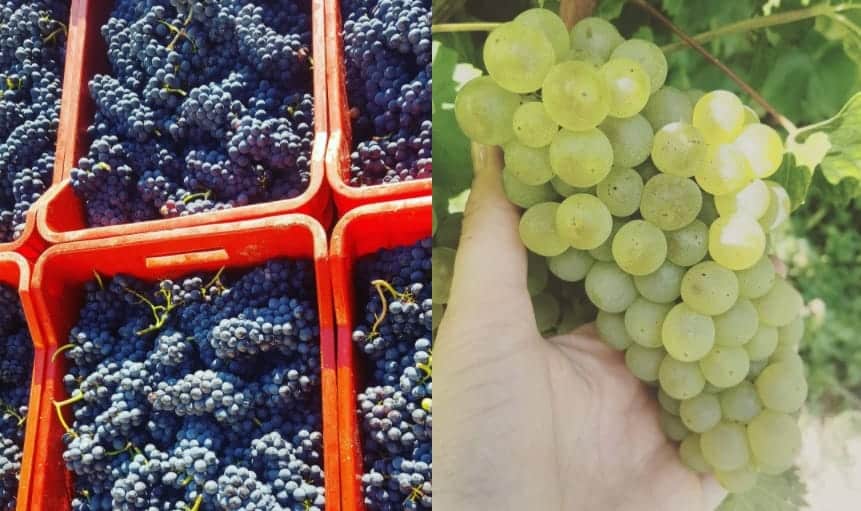
On the continent, Tomislav Tomac from the Tomac winery predicts that the “2017 will be excellent for still wines. Especially powerful and structured still wines. And very good for the sparkling wines, but not excellent.” (source: Dobra Hrana, Jutarnji list)
Monika Prović adds: “The sugar levels were slightly higher in the beginning, due to the long dry period in the summer but the acidity held on and we had a good ph.”
The results show that we could have a great 2017 vintage in Croatia after all.
Although the year was extreme and most wine countries will experience some loss in yields, that doesn’t mean that the year wasn’t good for wine. Don’t let the headlines scare you, there will be a smaller supply of wines on the market but the quality, for now, seems promising.
“Regarding the quality of the grapes picked so far and the ones still on the vines, we had an excellent year. We are very satisfied with the balance between sugar levels and the acidity. We expect 2017. vintage to be much better than the one we had in 2016. for all our wines, white and red.” says Ivan Batistić Zure.
The first organized wine tasting is En Primeur of Malvasia and Žlahtina young wines in February 2018., followed by En Primeur tasting of Graševina, Pošip and other varieties.
The only thing we can add at the end is that we look forward to trying the wines from this, challenging 2017 vintage.

















